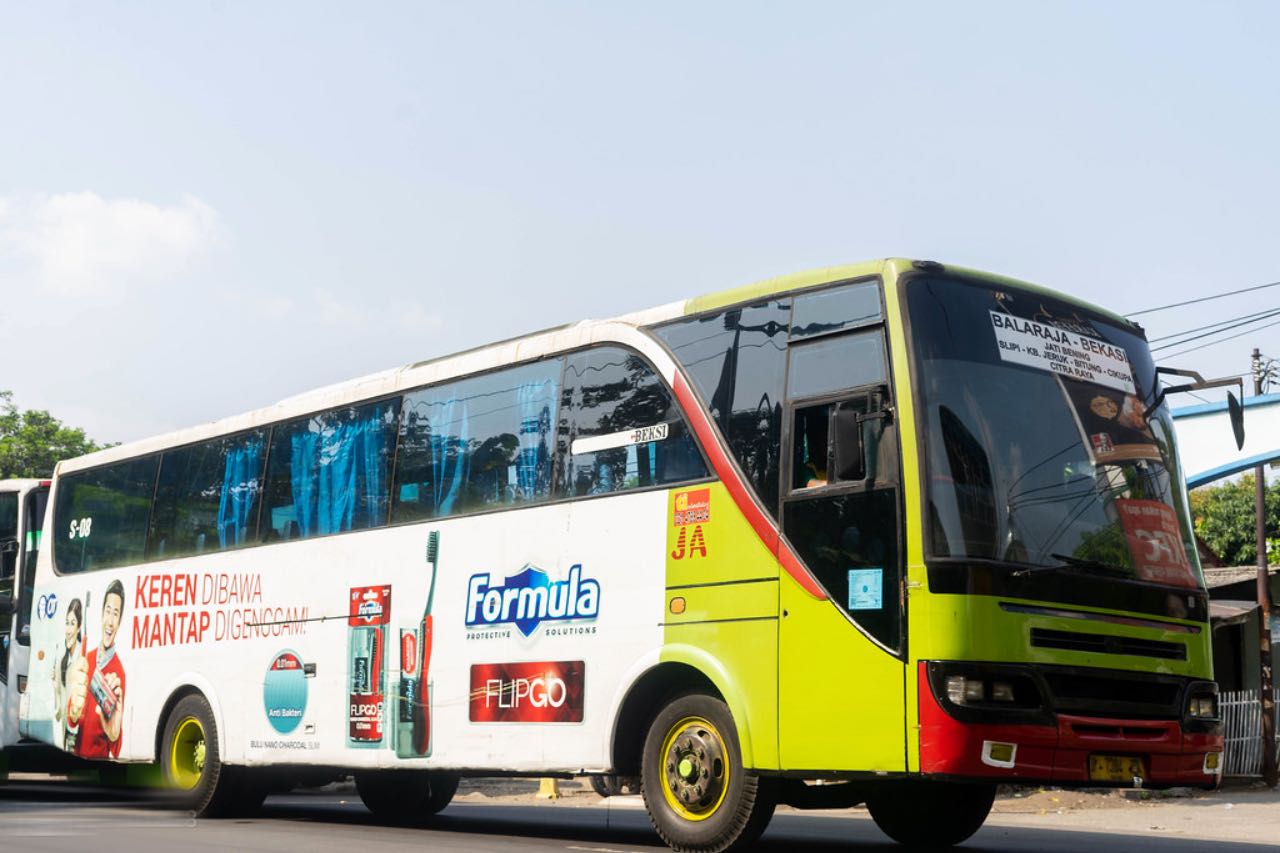
As we move through 2025, Indonesia’s outdoor advertising (OOH) sector is experiencing rapid growth. With increasing consumer mobility, rising urbanization, and strong post-pandemic economic recovery, brands are investing heavily in strategic OOH campaigns across the archipelago. For global and regional marketers, understanding what drives this boom is essential to capturing attention in Southeast Asia’s largest economy.
1. Economic Growth Fuels Marketing Spend
Indonesia’s GDP growth continues to outperform regional averages. With robust investment in infrastructure, expanding middle-class spending, and digital transformation across sectors, brands are allocating larger budgets to marketing, including OOH. The government’s support for public-private partnerships is also opening new media opportunities in transport and smart city projects.
2. Urban Mobility Is Back
Traffic in cities like Jakarta, Surabaya, and Bandung has returned to pre-pandemic levels. Commuters spend hours daily on the road, making billboards, digital screens, and transit advertising highly visible. Outdoor advertising becomes an integral touchpoint during everyday routines, especially in dense urban areas where smartphone saturation is high.
3. Rise of Digital OOH (DOOH)
Digital billboards are rapidly replacing static formats, particularly in high-traffic zones and premium intersections. With real-time content updates, audience targeting, and programmatic buying, DOOH is attracting both local and international brands looking for agility and data-backed performance.
4. Growth in Secondary Cities and Tourist Hubs
Beyond Jakarta and Bali, cities like Makassar, Medan, and Yogyakarta are witnessing increased OOH demand. This expansion is driven by domestic tourism, regional development, and growing brand competition outside Java. Airports and public transit systems in these regions are becoming prime OOH real estate.
5. Creative Formats Drive Engagement
From LED trucks to scooter billboards and mega digital billboards, brands in Indonesia are experimenting with high-impact formats to stand out. This creative momentum is not only engaging but also gaining viral traction on social media, amplifying OOH’s reach beyond the street.
6. Data and Measurement Evolve
Brands are no longer satisfied with visibility alone. Many OOH campaigns now integrate audience analytics, impression tracking, and mobile retargeting to measure ROI. This shift toward performance-based OOH is making outdoor media more attractive to data-driven marketers.
Conclusion
Indonesia’s OOH landscape is evolving fast. The combination of economic confidence, mobility resurgence, and digital innovation is creating the perfect environment for brands to leverage outdoor media. For companies looking to gain a competitive edge in Southeast Asia, Indonesia is no longer optional. It is essential.

















